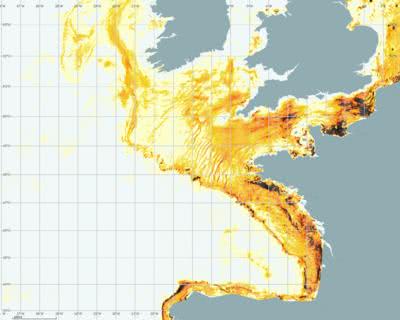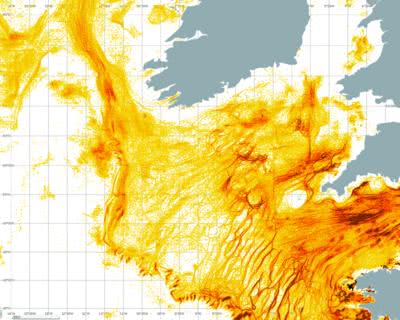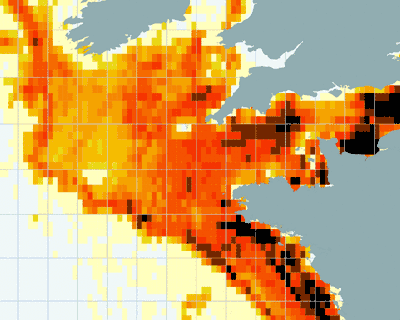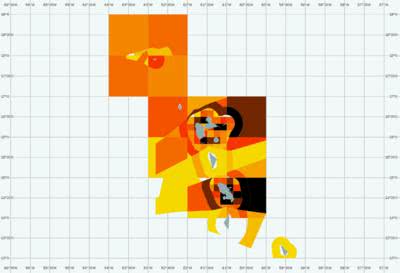The representation of geolocalized data allows to analyze data and detect underlying structures of the measured activity at a glance.
The maps presented here, beyond the analysis of economic activity, put in evidence of the correlations between the geographical characteristics of the environment and ecosystem.
Our maps are also used in a regulatory and policy context as a management support tool.





